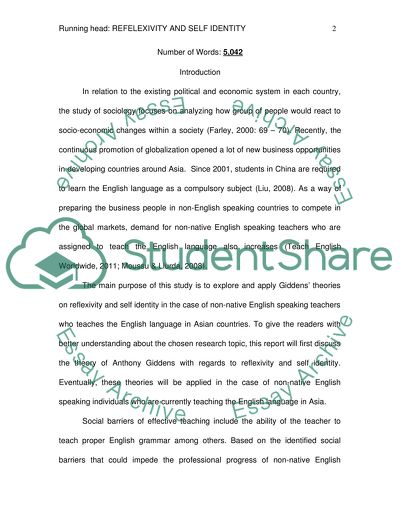Cite this document
(“Reflexivity and self identity Dissertation Example | Topics and Well Written Essays - 5000 words”, n.d.)
Retrieved from https://studentshare.org/family-consumer-science/1406487-reflexivity-and-self-identity
Retrieved from https://studentshare.org/family-consumer-science/1406487-reflexivity-and-self-identity
(Reflexivity and Self Identity Dissertation Example | Topics and Well Written Essays - 5000 Words)
https://studentshare.org/family-consumer-science/1406487-reflexivity-and-self-identity.
https://studentshare.org/family-consumer-science/1406487-reflexivity-and-self-identity.
“Reflexivity and Self Identity Dissertation Example | Topics and Well Written Essays - 5000 Words”, n.d. https://studentshare.org/family-consumer-science/1406487-reflexivity-and-self-identity.


